Coinciding with the start of the 2024 Singapore Airshow, the Singapore government has announced a 1% blending target for sustainable aviation fuel with effect from 2026, rising to 3-5% by 2030, and partly funded by a levy on air fares, making the country the first to ensure departing passengers pay towards helping the transition to lower carbon jet fuel. It has also announced a range of air traffic management initiatives in partnership with other Asia-Pacific nations and pledged increased clean energy production and deployment at its two airports, Changi and Selatar. The measures are contained in the Sustainable Air Hub Blueprint, a strategy document developed by the Civil Aviation Authority of Singapore (CAAS) as the ‘State action plan for the decarbonisation of its aviation sector and sustainable aviation growth’, positioning the island state as a regional driver of cleaner air transport. But the blueprint also makes clear that environmental sustainability must be balanced with the nation’s need to remain a competitive aviation hub.
Singapore’s gentle switch to SAF is a key element of the Sustainable Air Hub Blueprint and reaffirms a gradual but increasing focus by Asia-Pacific nations on more sustainable air transport. It also aligns with the 2030 SAF target of 5% agreed late last year by the Association of Asia Pacific Airlines (AAPA), a collective of 15 carriers including Singapore Airlines.
“To kickstart SAF adoption in Singapore, flights departing Singapore will be required to use SAF from 2026,” says the report. “We will aim for a 1% SAF target for a start to encourage investment in SAF production and develop an ecosystem for more resilient and affordable supply. Our goal is to raise the SAF target beyond 1% in 2026 to 3-5% by 2030, subject to global developments and the wider availability and adoption of SAF.”
Acknowledging that global SAF supplies are currently less than 1% of global jet fuel demand, the report says capacity will need to increase exponentially to meet projected demand in 2050, adding: “It is critical that we provide fuel producers with a demand signal to give them the confidence to make further investments in SAF production, and accelerate global SAF production.”
CAAS will introduce an airline passenger levy in 2026 for the purchase of SAF to help achieve usage targets, with price to be based on flight length and class of travel, explaining: “As market for the supply of SAF is still nascent and the price of SAF can be volatile, this approach will provide cost certainty to airlines and travellers.”
It suggests economy class passengers could pay a levy of 3 Singapore dollars (US$2.20) for a short-haul flight, 6 Singapore dollars (US$4.40) for a medium-haul flight and 16 Singapore dollars (US$12) for a long-haul flight.
However, the report also specifies: “Environmental sustainability needs to be balanced with the Singapore air hub’s competitiveness to support the growth of the aviation industry in the upcoming decades. The blueprint demonstrates this resolve and sets out Singapore’s medium-term and long-term targets.”
It reveals procurement of Singapore’s SAF will be centralised, using the air ticket levies “to aggregate demand and reap economies of scale”, and says businesses and organisations will be invited to purchase the low-or-no carbon fuel through this mechanism to help offset “in a credible and cost-effective manner” the travel carbon emissions generated.
The report acknowledges the activation last year by global renewable fuels company Neste of a refurbished refinery in Singapore’s Tuas industrial zone with capacity to produce up to 1 million tonnes of SAF per year, a tenfold increase, making it the largest SAF production plant currently in operation, but added that more of the fuel was needed.
Currently, most of the SAF provided at the plant is exported to other higher-demand markets, due to lower demand from airlines and lack of SAF blending and use mandates across the Asia-Pacific region.
“The presence of an existing petrochemical sector in Singapore provides a good base for new SAF facilities in Singapore,” says the aviation blueprint. “Nonetheless, given the tremendous increase in SAF production capacity required globally, there is scope for more SAF production to be based in Singapore, which will also support the needs of Changi Airport.”
The report advocates greater SAF production across the Southeast Asia region, and potentially more broadly across Asia and the Pacific, but acknowledges shortages of fuel feedstocks and competing demand from sectors such as shipping, road transport and energy act as a constraint on SAF availability.
“There is a need to widen feedstock availability across different regions to unlock more SAF production globally,” says CAAS. “To do this, there should be consistent rules for acceptability and sustainability requirements for feedstock.
“Singapore promotes the recognition of CORSIA’s sustainability criteria as the accepted basis for the eligibility of SAF. We encourage the industry to adopt a feedstock-neutral approach and not exclude any particular feedstock, as long as it meets the CORSIA sustainability criteria and delivers the required carbon emissions reduction.”
To this end, CAAS has joined in a regional study led by Boeing and the Roundtable on Sustainable Biomaterials to develop a SAF roadmap to identify the availability and sustainability of fuel feedstocks in Southeast Asia, ascertain feasible production pathways and identify potential pilot projects to drive regional SAF development.
Beyond progressing SAF, the blueprint also highlights air traffic management initiatives designed to help increase air transport efficiency while reducing emissions during the next five years, including greater coordination of flights between airspace navigation service providers and techniques to optimise flight paths and trajectories.
The report also specifies a range of initiatives to reduce emissions on the ground including increased generation and use of solar power at Changi and Selatar airports, and transition to clean energy propulsion for all airport vehicles by 2040, commencing with introduction of electric-powered light vehicles including cars, vans, minibuses and some forklifts and tractors from 2025.
Photo: Singapore Airlines


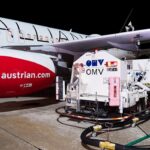
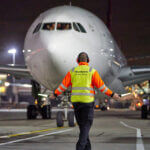
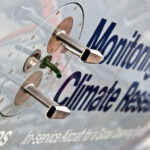


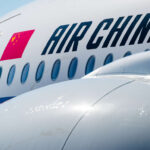
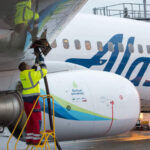
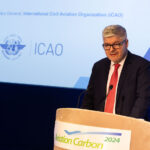
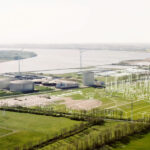
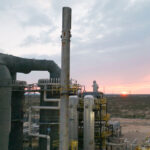
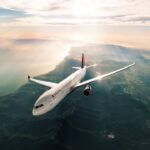
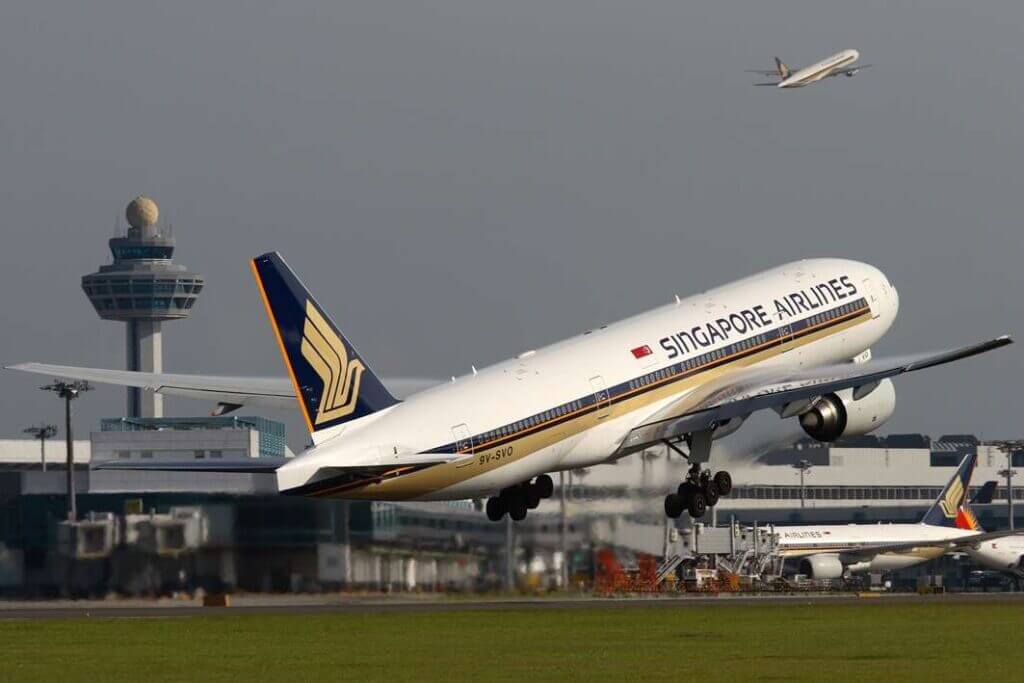


More News & Features
Progress on decarbonising the airline sector has been slow this year, says IATA chief
EASA releases status report on Europe’s SAF production and readiness to meet blending targets
Commentary: China’s fair and equitable solution to civil aviation’s climate challenge
New partnerships formed to drive e-SAF production in Nordic markets
IAG continues to go big on e-SAF as it inks 10-year offtake agreement with Infinium
US on the pathway to achieving its 2030 SAF Grand Challenge target, says DOE report